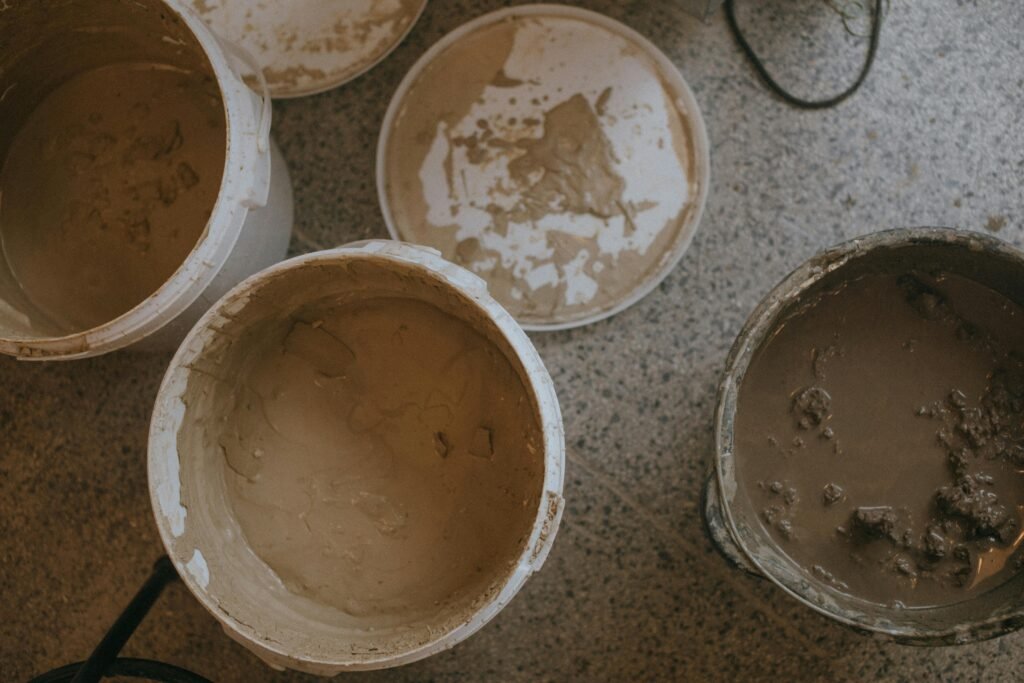Introduction to the Indian Ceramics Industry
The Indian ceramics industry is one of the largest contributors to the country’s economy. Its influence is not only that of output in the industrial sector but also employment and culture. The industry produces tableware, sanitary ware, tiles, and art pottery. Being a century old industry, it has gained a very significant place with different opportunities for artisans and manufacturers. India, in fact, is one of the largest manufacturers of ceramics worldwide. This industry increases revenues and generates income for millions of individuals, primarily within regions especially recognized for handicrafts.
Sustainability in the ceramics industry has lately gained more attention. Sustainable practices must be used since that is the only way to solve the environmental problems created by the way ceramics are made.
The making of ceramics tends to consume a lot of resources. This includes raw materials and a lot of energy when firing. These may lead to big carbon footprints and thus harm the environment. So, incorporation of the aspect of sustainability into these practices is good for the environment and long-term success in the industry.
Sustainability in the ceramics industry involves the use of environment-friendly materials, less energy consumption, and better waste management. If manufacturers recycle and reuse material, they can depend on fewer new resources. The use of alternative energies, such as solar or wind power, might reduce carbon emissions significantly for the industry. Sustainable manufacturing meets increasing consumer demands for environmentally friendly products while improving the responsibility of the industry for the environment.
We will see the shift in the Indian ceramics industry, as the world becomes more conscious about sustainability. Its response to the new trends will determine the economic and environmental implications of the sector
Eco-friendly Materials Used in Ceramics
The ceramics industry is slowly but surely changing towards sustainability, more so in the materials used for producing the products. Traditionally, in ceramic materials, it has been using much energy and chemicals that are harmful to the environment. However, changes have occurred over time that allow for the use of sustainable options to minimize the effect ceramics make on the environment.
One of the major changes is the use of clay types that require less energy to process. For example, low-fire clay and stoneware are used instead of the traditional high-fire clays, which require much heat. Low-fire clays, when fired at lower temperatures, save energy and produce fewer greenhouse gases during firing. These materials are durable and beautiful while being significantly kinder to the environment.
You can now beautify ceramics in a natural pigment way rather than harming people through synthetic dyes. Natural pigments are derived from earth materials, plants, or minerals. The natural pigments serve as an environmental better option since their production requires fewer resources and makes products that break down naturally.
Also, these colors are relatively safer for artists and all others who buy the artwork, reducing health risks that derive from toxic chemicals in man-made options.
Also, slow additions of eco-friendly additives to the ceramic mixture are slowly occurring. Biodegradable binders and natural materials make ceramic products strong and stable while being friendly to the environment. These options not only try to reduce the use of scarce resources but also significantly improve the overall sustainability of the ceramics industry. The more craftspeople and makers come to realize their need to be environmentally friendly, the better the trend is in using such materials. This will create a better future for the ceramics industry.

Energy-efficient Manufacturing Processes
Nowadays, people in India are realizing the usage of less amount of energy involved to produce commodities is essential in order to be sustainable. All old traditional methods generally utilized higher portions of fossil fuels and electricity. However, this can change with the developed recent techniques that reduce the amounts of usage of energy consumed to get products, while increasing productivity at the same time.
Some of the important strategies involved are the inclusion of renewable energy sources within the manufacturing of ceramics. Many use it for power generation. These solar-powered kilns and machinery use significantly less non-renewable energy. Consequently, greenhouse gases that have built up in fossil fuels decrease in number.
Good wind energy can be termed another alternative which most producers have lately become interested in. They serve the purposes of sustainable development and reduce their operating cost in the long run through clean energy use.
Modern kiln design is also energy saving. Newer kilns use better insulation materials and new burning technologies that would help retain heat and avoid wasting energy to fire. In this regard, many producers are coming up with a hybrid of old and new design, that will not only conserve fuel but will also result in high-quality products.
Another system proving useful is waste heat recovery systems. Such systems recover the heat emitted by kilns and other machines and use it again. This reduces the total energy required to produce products. This increase in efficiency not only saves money on operating costs but also reduces the damage to the environment when producing ceramics.
The Indian ceramics industry is on the way to being more sustainable because of energy-saving practices. In this context, renewable energy is used along with new kiln technology and the recovery of waste heat so that it saves energy as well as produces less carbon pollution. This sets up the industry for a greener future.

Community Impact and Fair Trade Practices
India’s ceramics industry is not only an area of artistic expression but also contributes significantly to the socio-economic fabric of communities at a grassroots level. A huge positive impact through this sector would be made with a sense of embracing sustainability, especially focusing on fair trade practice by providing equitable trading conditions and fair reward for artisans’ craftsmanship.
Helping local artisans has been very important in maintaining those old traditional crafts. Mostly, artisans come from poor economic backgrounds and thus face a lot of financial problems. Fair trade programs support these artisans by increasing their income generation and providing them with huge markets. Training programs through workshops conducted by fair trade groups teach new skills along with the old ones within artisans. This two-way way of doing things keeps such a rich history of Indian ceramics alive while helping communities increase their financial growth.
Ethical production also enhances working conditions. Safe workplaces, fair working hours, and fair pay are achieved through fair trade systems. All these conditions ensure that the ceramics industry improves the lives of artisans and their families to a greater extent. Successful artisans in their communities reduce poverty rates, provide more opportunities for education, and have better health standards—crucial factors for sustainable growth.
Social responsibility is an important component for sustainability in the ceramics industry. It is not just related to the environment but is also directed towards building a balanced system that ensures responsibility among buyers, sellers, and consumers.
All these stakeholders in the ceramics supply chain living by these values make for a healthier and more sustainable future for local communities. This way, the beauty of Indian ceramics is not only appreciated but built on good ethical ground.
Do share your thoughts by commenting below.






